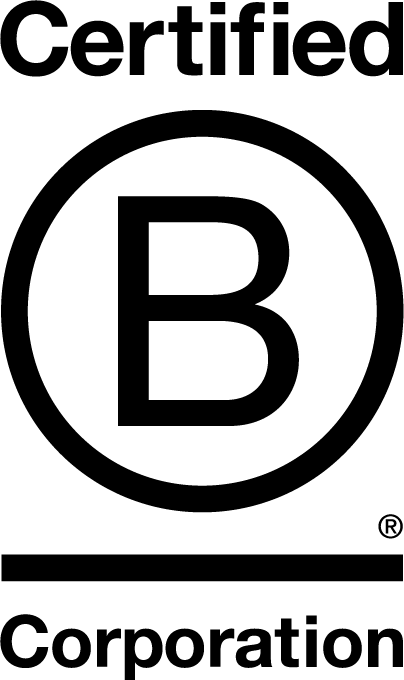Everywhere we turn we’re getting news that emails just got a bit harder to deliver and we’re frantically googling for the right DKIM records for our DNS setting in our CSR tool. Ugh.
First – in the spirit of Dr. Sarah Glova‘s Draft & Flip methodology – let’s cut to the chase.
If you want to know how “spammy” your emails are, test them: https://www.mail-tester.com/.
This tool will let you send an email (regular or test a newsletter) to one of their custom addresses and then check back to see how it stacks up for mail authentication, spammy-ness, broken links, and block lists.
Now for a deeper dive.
SPF, DKIM & DMARC
These are the three acronyms you’ll see mentioned – often together – for mail security. They’re generally listed in this order because they should be implemented in this order. Let’s run through them.
SPF & DKIM
These two authentications are like certifications for your website to send email.
An SPF record should validate all servers that send mail from domain. So if you use Google Workspace and send newsletters through MailChimp you should have a record that includes both tools.
A DKIM record is an authentication tool that digitally “signs” emails coming from the domain to allow receiving servers to verify the emails origin.
DMARC
DMARC is a little different. This is a “policy” that tells other servers how to treat the messages using your domain. So if an email has your domain but does not match your SPF and/or DKIM configuration, this record tells other servers how to handle those messages: reject them, quarantine them, or do nothing.
You might think it’s best to allow these messages through, but consider that this will allow anyone spoofing or using your domain to send spam to deliver the messages to an inbox. If those users then mark your messages as spam, it will impact your domain’s reputation and could result in legitimate messages from your domain being marked as spam.
TL;DR
The new Google and Yahoo requirements mean that you now:
Have to have SPF and DKIM records. You may also need to add new records to verify your newsletter or CRM tools.
May be more interested in getting DMARC reports on whether your domain is being quarantined or rejected.
Must offer a 1-click solution for your readers to unsubscribe from your newsletters.
Need to keep your domain’s reported spam rate below .10%. That means you can only have 1 email per 100 marked as spam before you’ll start to be in trouble with Google.
Not sure what’s next? Set up some time and let’s talk.
Events!

ONLINE AI in Action
I’ll be offering my Everyday Prompts & Tools class virtually this Thursday from noon to 1 pm. Hope to see you there!
Register
Best Things Ever!
New class alert! It’s all the Best Things Ever at once! Join me for an hour of tools and tricks to save you time online.
Register
